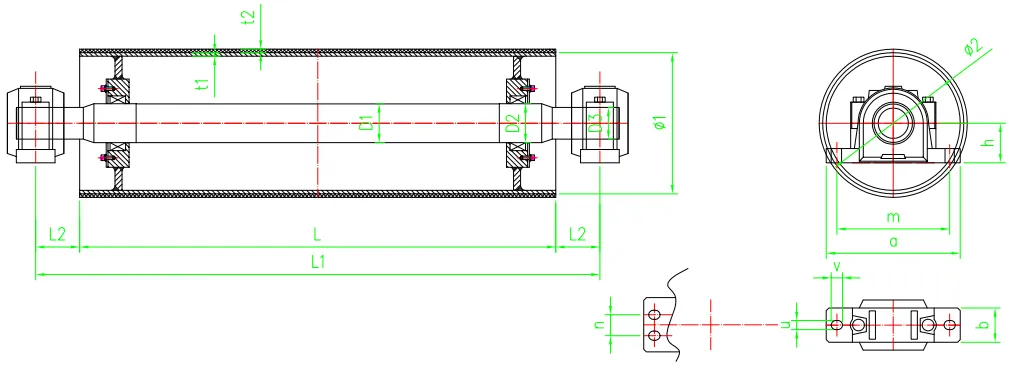 Afrikaans
Afrikaans  Albanian
Albanian  Amharic
Amharic  Arabic
Arabic  Armenian
Armenian  Azerbaijani
Azerbaijani  Basque
Basque  Belarusian
Belarusian  Bengali
Bengali  Bosnian
Bosnian  Bulgarian
Bulgarian  Catalan
Catalan  Cebuano
Cebuano  Corsican
Corsican  Croatian
Croatian  Czech
Czech  Danish
Danish  Dutch
Dutch  English
English  Esperanto
Esperanto  Estonian
Estonian  Finnish
Finnish  French
French  Frisian
Frisian  Galician
Galician  Georgian
Georgian  German
German  Greek
Greek  Gujarati
Gujarati  Haitian Creole
Haitian Creole  hausa
hausa  hawaiian
hawaiian  Hebrew
Hebrew  Hindi
Hindi  Miao
Miao  Hungarian
Hungarian  Icelandic
Icelandic  igbo
igbo  Indonesian
Indonesian  irish
irish  Italian
Italian  Japanese
Japanese  Javanese
Javanese  Kannada
Kannada  kazakh
kazakh  Khmer
Khmer  Rwandese
Rwandese  Korean
Korean  Kurdish
Kurdish  Kyrgyz
Kyrgyz  Lao
Lao  Latin
Latin  Latvian
Latvian  Lithuanian
Lithuanian  Luxembourgish
Luxembourgish  Macedonian
Macedonian  Malgashi
Malgashi  Malay
Malay  Malayalam
Malayalam  Maltese
Maltese  Maori
Maori  Marathi
Marathi  Mongolian
Mongolian  Myanmar
Myanmar  Nepali
Nepali  Norwegian
Norwegian  Norwegian
Norwegian  Occitan
Occitan  Pashto
Pashto  Persian
Persian  Polish
Polish  Portuguese
Portuguese  Punjabi
Punjabi  Romanian
Romanian  Russian
Russian  Samoan
Samoan  Scottish Gaelic
Scottish Gaelic  Serbian
Serbian  Sesotho
Sesotho  Shona
Shona  Sindhi
Sindhi  Sinhala
Sinhala  Slovak
Slovak  Slovenian
Slovenian  Somali
Somali  Spanish
Spanish  Sundanese
Sundanese  Swahili
Swahili  Swedish
Swedish  Tagalog
Tagalog  Tajik
Tajik  Tamil
Tamil  Tatar
Tatar  Telugu
Telugu  Thai
Thai  Turkish
Turkish  Turkmen
Turkmen  Ukrainian
Ukrainian  Urdu
Urdu  Uighur
Uighur  Uzbek
Uzbek  Vietnamese
Vietnamese  Welsh
Welsh  Bantu
Bantu  Yiddish
Yiddish  Yoruba
Yoruba  Zulu
Zulu Different Types of Conveyor Idlers and Their Applications for Material Handling
Understanding Conveyor Idler Types
Conveyor systems are an essential part of many industries, including manufacturing, mining, and logistics. A critical component of these systems is the conveyor idler, which plays a vital role in supporting and guiding the conveyor belt. Understanding the different types of conveyor idlers can help in selecting the right components for a specific application, ensuring optimal performance and efficiency.
What are Conveyor Idlers?
Conveyor idlers are cylindrical rollers that are positioned along the length of a conveyor belt. Their primary function is to support the weight of the belt and the material being transported, maintain the belt's alignment, and reduce friction as the belt moves. Idlers are crucial for minimizing wear and tear on the conveyor system, thus extending its lifespan.
Types of Conveyor Idlers
There are several types of conveyor idlers, each designed for specific applications and conditions. Here are some of the most common types
1. Cylindrical Idlers These are the most widely used idlers, characterized by their simple cylindrical shape. They come in various sizes and materials depending on the application. Cylindrical idlers are suitable for handling bulk materials and can support heavy loads.
2. Impact Idlers Positioned at loading points, impact idlers are designed to absorb the shock and impact of heavy loads as they drop onto the conveyor belt. These idlers typically have a thicker design with additional cushioning to protect the belt and other components from damage.
3. Training Idlers Training idlers are essential for keeping the belt centered on the conveyor system. They are equipped with a tilting mechanism that adjusts the angle of the idler based on the belt's position, preventing misalignment and potential damage.
4. Return Idlers These idlers support the conveyor belt on its return path, ensuring the belt maintains its shape while returning to the loading area. Return idlers are typically designed with rubber or other materials that reduce friction and wear on the belt.
conveyor idler types

5. Self-Aligning Idlers These idlers have a specially designed elliptical shape that allows them to adjust automatically to the belt's alignment. Self-aligning idlers are particularly useful in applications where the conveyor belt is prone to shifting or drifting, helping to maintain proper tracking.
6. Skid Idlers Unlike traditional idlers that rotate, skid idlers remain stationary and support the conveyor belt underneath. They are often used in applications where the belt needs to be stable during loading and unloading processes.
Choosing the Right Idler
Selecting the appropriate type of conveyor idler depends on several factors, including the type of material being transported, the weight of the load, environmental conditions, and the specific layout of the conveyor system. It is crucial to consider these factors to ensure the efficiency and longevity of the conveyor system.
For instance, in a mining application where heavy materials are transported, impact idlers may be essential to protect the system from the stresses of heavy loads. In contrast, for lighter materials in a warehouse setting, cylindrical or return idlers may suffice.
Maintenance and Inspection
Regular maintenance and inspection of conveyor idlers are vital for the smooth operation of a conveyor system. Worn-out or damaged idlers can lead to belt misalignment, increased friction, and even catastrophic failures. Routine checks should include evaluating the condition of the idlers, ensuring they are free from debris, and confirming they are properly aligned.
Conclusion
Conveyor idlers are a fundamental aspect of conveyor systems, impacting their performance and reliability. Understanding the different types of idlers available and their respective applications can help in the selection process and enhance the efficiency of material handling operations. By choosing the right idler and ensuring regular maintenance, companies can improve the lifespan of their conveyor systems, reduce operational costs, and enhance productivity.
-
Revolutionizing Conveyor Reliability with Advanced Rubber Lagging PulleysNewsJul.22,2025
-
Powering Precision and Durability with Expert Manufacturers of Conveyor ComponentsNewsJul.22,2025
-
Optimizing Conveyor Systems with Advanced Conveyor AccessoriesNewsJul.22,2025
-
Maximize Conveyor Efficiency with Quality Conveyor Idler PulleysNewsJul.22,2025
-
Future-Proof Your Conveyor System with High-Performance Polyurethane RollerNewsJul.22,2025
-
Driving Efficiency Forward with Quality Idlers and RollersNewsJul.22,2025





























